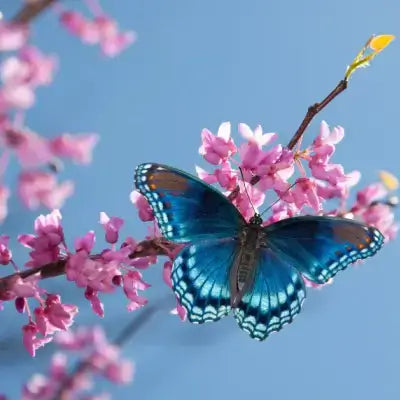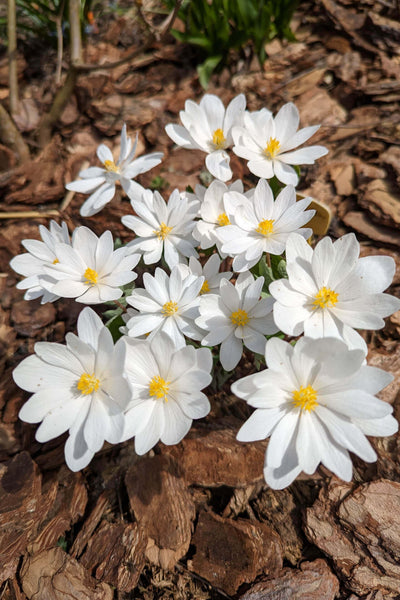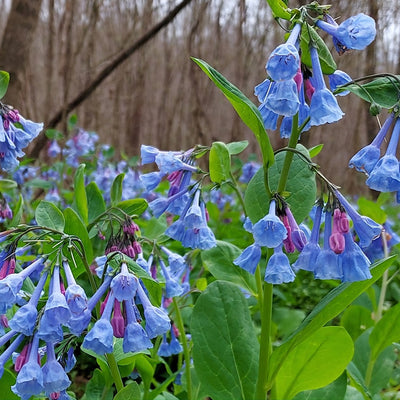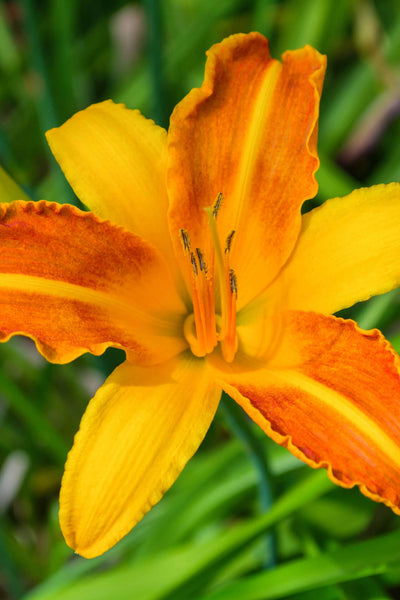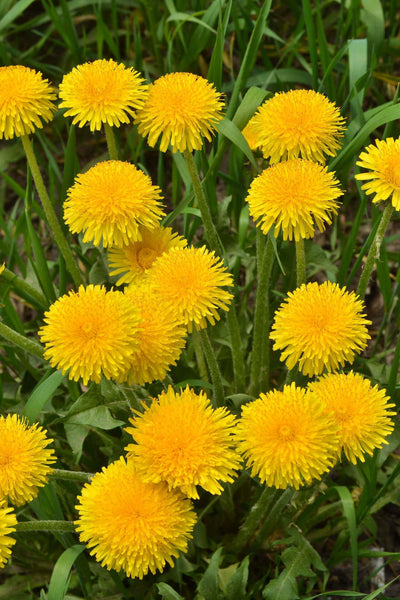Redbud Tree Data: Complete Tree Guide
In case you are searching for a tree to plant that stands out and is easy to maintain, then a Redbud tree could be a great option for you. This tree is easy to maintain and has wonderful flowers and heart-shaped deciduous leaves. In this article, we are going to focus on the features, care instructions, common questions, and benefits we can get from Redbud trees. Not only that, we are going to show you how to plant them to elevate your garden to the next level.
A Redbud Tree grows to heights of anywhere between twenty to thirty feet tall while also flowering and ascending wingspans of twenty five feet. Despite these bold flourishes and irrespective of frost or foliage, its leaves will invariably fall during winter and spring months. Its leaves will not grow until the blossoms do, and this occurs in the early spring.
It features beautiful flowers that are a light pink and almost half an inch long, and, in some cases, they can be found growing on the trunk of the tree. The flowers are capable of attracting a wide variety of wildlife. Specifically bees and butterflies. If someone is looking to plant a tree that is wonderful for supporting wildlife, this is a wonderful option.
Different soil conditions and a variety of climates from wet to dry make The Redbud tree truly adaptable and extremely low care. It is estimated to thrive in zones 4 through 8 of the USDA. The tree bark begins as scaly then becomes smooth and scaly with age, contributing to the overall charm of the rest of the landscape.
More Plants to Accompany the Redbud Tree
Native bees and butterflies love to flock to the early spring blossoms of other Virginia perennials such as Bloodroot, which flowering plants that bloom in tandem with the Redbud smoothie may also add bonus buzz. The enchanting Virginia Bluebells thrive both in and out of water, producing soft, pink-dipped lavender bells, while large pristine white daisies with dotted buttery yellow centers as Bloodroot take the stage.
Reasons to Install Redbud Tree
Simply put, the best part about the tree is the abundant, soft, pink blossoms which appear, almost magically, as the rest of the landscape begins to wake again. The spectacle is equally en masse as a singular focal point or when complemented with other plants.
-
Not a lot of effort: Redbuds are perfect for people that own a house since they are relatively low-maintenance. The only periods of time that these trees need watering are when soil moisture is low. In addition, they can excel in nearly any soil type.
-
Bee Loved: If you want to grow a tree and attract various kinds of butterflies, the bee-friendly tree, especially, is a great option. The Redbuds during the spring can attract many pollinators with its sweet and rosy pink blossoms.
-
Flexible: Redbud trees blossom in the sun and in the shade. The tree can be planted in various positions in the front and backyard. Once the tree is settled, it can survive periods of time with no water.
Basic Care for a Redbud Tree
Although redbuds are a tree that is relatively easy to take care of, you still need to take care of them to make sure they don't die.
-
Sunlight: Redbud trees can survive in partial shade but bloom the best in full sun. Make sure to plant them in a spot where they can receive at least six hours of sunlight per day.
-
Watering: Despite having drought-resistant capabilities, redbud trees do, however, require irrigation during periods of extreme dry. Watering should be done in moderation so that soil is not waterlogged, but kept evenly moist.
-
Soil: The best type of soil for Redbuds is soil that drains well. The soil must not be saturated with water that may lead to root rot.
-
Pruning: Most trees do not need pruning. However, if you want to keep the Redbud shaped well and remove the dead branches, light corrective pruning may be beneficial. The tree is healthier and more attractive with some pruning.
Integrating Redbud Trees Into Your Landscape
For landscaping, redbud trees are perfect as they bring in bright colors and grab the eye, and along with the rest of the landscape, improves the overall look. It can be used as a single specimen tree or clustered with other trees for a denser, more dramatic effect. Blooming along with redbud trees, other perennials such as daylilies, dandelions, and black-eyed susans can create a stunning, multi-seasonal garden. For a more understated presentation, redbud can be planted as an understory tree, along with more substantial trees or shrubs to set off the backdrop beautifully.
Boost Your Garden's Beauty with an Elegantly Planted Redbud Tree Coming from TN Nursery
If Redbud trees are what you’re after to plant in your landscape, then TN Nursery has many Redbud trees that are healthy and will improve the overall garden. It does not matter if you are after planting one tree or going for a full blooming garden filled with perennials, with the knowledge we hold about them and the expert advice that comes along we will surely help you achieve your garden vision.
Go to TN Nursery to browse their collection and enhance your landscape with the ideal Redbud tree that will create a calming sanctuary garden!
FAQs
How tall does a redbud tree get?
Most Redbud trees, when fully grown, reach a height of about 20 to 30 feet. Width wise, they measure up to 25 feet. As such, they are great for small yards and can also be used as accent trees in bigger yards.
Where is the best place to plant a redbud tree?
Sunny, drought condition areas encourage rapid growth, and they also can survive some shade. Redbuds grow best in soil that drains easily and low soil moisture. A minimum of six hours of sunlight is required to be healthy. A location that is light-shaded in the summer can reduce summer temperatures that the tree experiences.
Are redbud trees high maintenance?
No, Redbud trees have a low-maintenance care regime. In terms of watering, Redbuds need to be watered during dry spells; otherwise, they're hardy and easy to grow, and in terms of care, Redbuds don’t need to be pruned often, making them a good plant for a time-crunched homeowner.
Is redbud a good front yard tree?
Redbud trees can survive and grow in full sun, partial shade, or full shade. Once established, they can survive in almost any type of gutter, as well as in some drought. They grow best in USDA Zones 4-8.
Are Redbud Trees Poisonous?
No, Redbud trees are safe for humans and pets. This, along with the other trees in your home, adds a layer of safety for the family and pets to the garden, making them a good garden plant.
How Do You Plant a Redbud Tree?
Redbud trees are easy to propagate and grow from seeds and saplings. They thrive in partial shade or full sunlight. Just remember to keep the soil well-drained and to keep the area clear for free growth. During dry periods or extended sleep, the trees should be watered.
